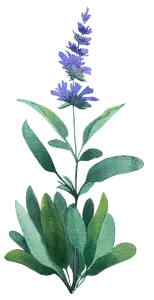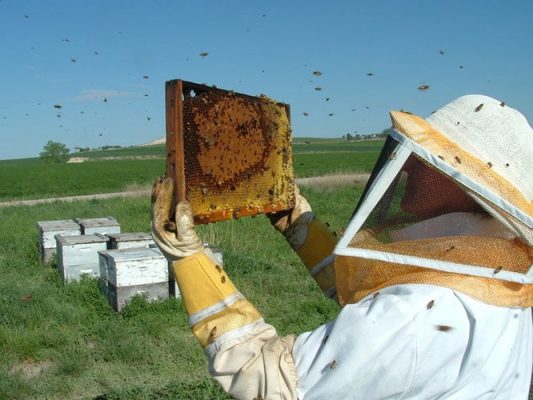

Wyoming Department of Agriculture Apiary Registration and Mapping Program
Registration of all beehives in Wyoming is required by state law, and information is listed on the Wyoming Apiary Map. This enables commercial beekeepers to maintain at least a two-mile distance between hives, and it also allows all beekeepers, pesticide applicators, and others to work together to protect the health of bees.
Information contained on the map includes county, license detail record number, yard name and number, number of hives, class of apiary, license expiration date, GPS coordinates of hive, owner name, establishment ID, and phone number.
Apiary classes include: H = hobbyist, five or less hives; L = landowner, apiary on personal property/no hive limitation; and G = general, six or more hives. General (aka commercial) must abide by a two-mile limitation, per state law. There is no registration fee for hobbyists, whereas the fee for landowners and general apiaries is $25. Personnel with the WDA will inspect hives at no cost. See the website for more details about registration, including registration for a pollination apiary.
Website links include: Apiary Registration; Apiary Mapping Program; and Apiary Fact Sheet (beginner beekeepers help sheet)
FOLLOW US!
